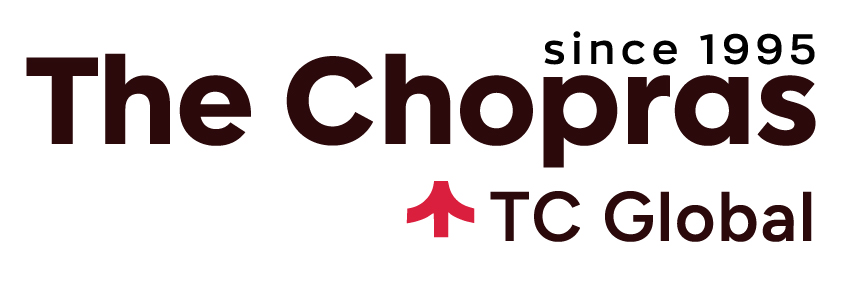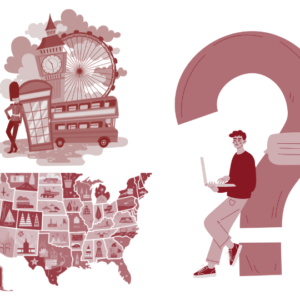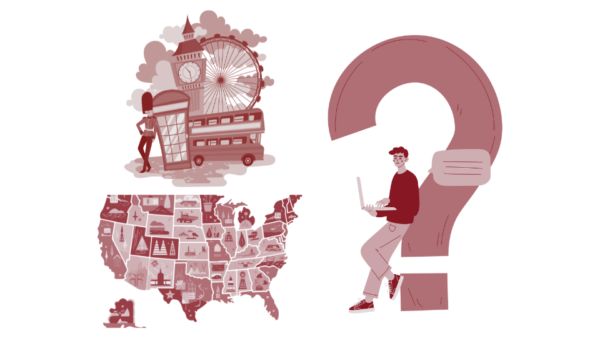Due to IoB’s ability to generate insights for individuals, it can be used in many applications that provide very specific and personalized support to users. A few of them are discussed below.
a. Digital Marketing and Advertising/ Social Media
Based on customer interactions with specific products, marketing agencies and organizations can personalize advertisements so that every individual sees what piques their interests the most. For example, if a sensor or a device understands that a person spends more time at the gym, then he would get advertisements about brands that sell protein supplements, gym trainers, equipment, etc. If a person focussed on training a specific muscle all the time, the wearable could essentially advise him to shift his focus and train other body parts as well. Noticed how Google or YouTube advertises products you had searched for within the last hour or discussed with your friends? Yup, connected devices making use of IoB.
b. Healthcare
A large number of the world’s population currently suffer from chronic illnesses. Healthcare providers can monitor their patients’ behavior in real-time. From understanding how to react to certain medications to keep a tab on their regimens, physicians can now do everything with the help of Internet of behaviors. What’s more, these devices can be trained to give out insights based on user activities so that the healthcare providers can easily form diagnoses.
c. Government/Policymaking
The government can use the data generated by IoB devices to track the activities of persons of interest and avoid mishaps from taking place. The government can also undertake surveys to understand what the citizens are collectively interested in and track behavioral patterns of large groups to maintain law and order. Of course, there is an element of over-regulation but a committee to monitor such activities could also be set up to uphold the privacy of citizens.
d. Insurance
In sectors like vehicle insurance, the insurance companies could monitor the activities of drivers using IoB to gauge their roles in accidents so that insurance companies can correctly identify whose fault the mishap was. These devices could also play a role in preventing driving under influence or even identify medical emergencies.
These are only a few of the areas where IoB’s use has been prevalent. Other areas include defense, facial recognition, geolocation-based activity reminders, and predictions, finance management, efficiency and productivity, cutting costs, and industrial automation among others.







![Best Universities in New Zealand for International Students [2025 Rankings]](https://tcglobal.com/wp-content/uploads/2025/09/Best-Universities-in-New-Zealand-for-International-Students-2025-Rankings-600x338.png)